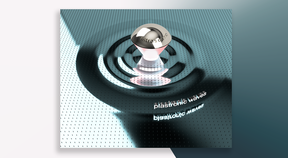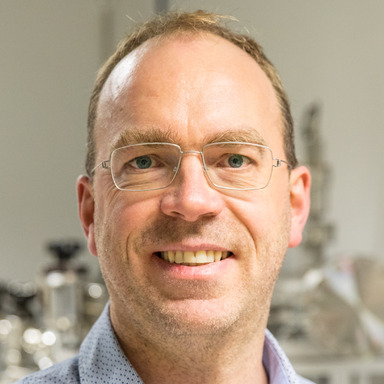Medical Ultrasonics Laboratory (MEDUSA)
The main research goal of MEDUSA is to create novel technologies exploiting non-linear ultrasonics for therapeutic or diagnostic purposes.

Ripples, like ones produced by raindrops falling in a puddle, are also called capillary waves. Studied since antiquity, they have garnered considerable interest in modern science due to their ability to reveal information about the medium on which they travel. This makes them particularly valuable for studying soft and biological matter in microfluidic applications, which focus on how fluids behave in microscopic environments.
Now physicists and biomedical researchers from Aalto University’s Department of Neuroscience and Biomedical Engineering and Department of Applied Physics have unearthed new characteristics of capillary waves, setting a record for their speed while doing so.
The paper was published today in Nature Communications: https://doi.org/10.1038/s41467-025-55907-w
By creating a synthetic surface inspired by lotus leaves, the interdisciplinary team, led by Assistant Professor Heikki Nieminen and Professor Robin Ras, brought new wave phenomena to light. Under water, an extremely water-repellent material known as a superhydrophobic surface, holds a plastron—a gas layer only micrometres thick—in place. The plastron in turn can protect the superhydrophobic surface against corrosion and contamination, or improve its hydrodynamics.
With the objective to deepen the understanding of superhydrophobicity, the team investigated the mechanical response of the plastron to highly focused ultrasound. In doing so, they generated ripples, which they dubbed ‘plastronic waves’.
'Plastronic waves travelled along the water, the superhydrophobic surface and the gas layer 45 times faster than capillary waves normally do,' Nieminen says.
Setting a wave speed record is only part of the result; using the same waves to monitor the plastron’s stability is another. Maintaining the delicate gas layer on top of the superhydrophobic surface is both highly important and very challenging.
'Superhydrophobicity relies on the plastron’s stability to open new possibilities in submerged applications, for example, in improving equipment lifespan and operational efficiency in both industrial and biomedical environments. Our new technique is a tool for monitoring the gas layer’s stability better than previously,' says the first author of the study, Postdoctoral Researcher Maxime Fauconnier, who also carried out the experiment.
In addition to furthering fundamental science, the discovery represents possible early stages for use in fields like biotechnology and materials science.
'We showed that we could measure how the plastron changes and gradually dissolves into the water, by monitoring the variation of wave speed over time. This system could be used as a sensor in other applications. It could be useful in pharmacology and cell technology, for example,' Fauconnier says.
The work was funded by the Research Council of Finland, the Finnish Cultural Foundation and the European Union’s HORIZON research and innovation programme.


The main research goal of MEDUSA is to create novel technologies exploiting non-linear ultrasonics for therapeutic or diagnostic purposes.

Functional soft materials and wettability of surfaces are the key research interests of Soft Matter and Wetting research group at Aalto University Department of Applied Physics.



